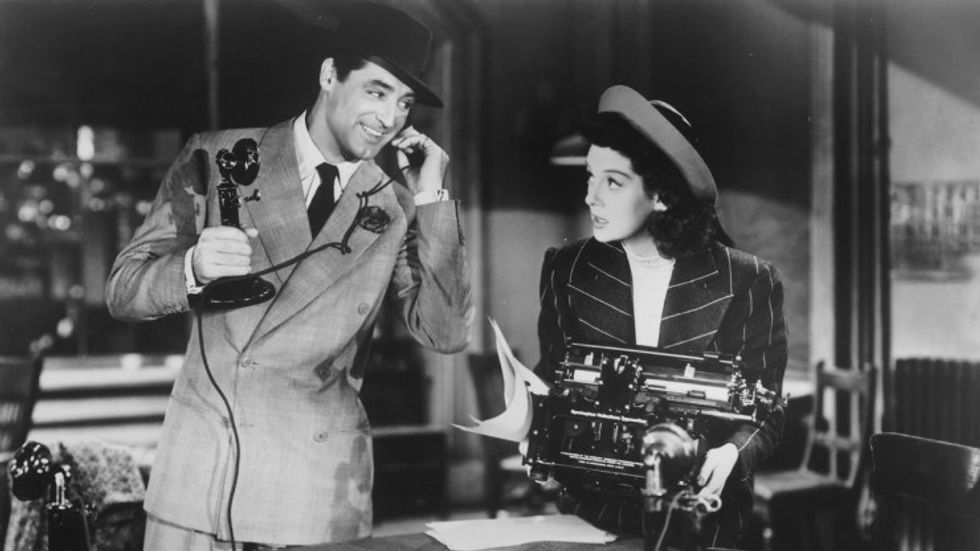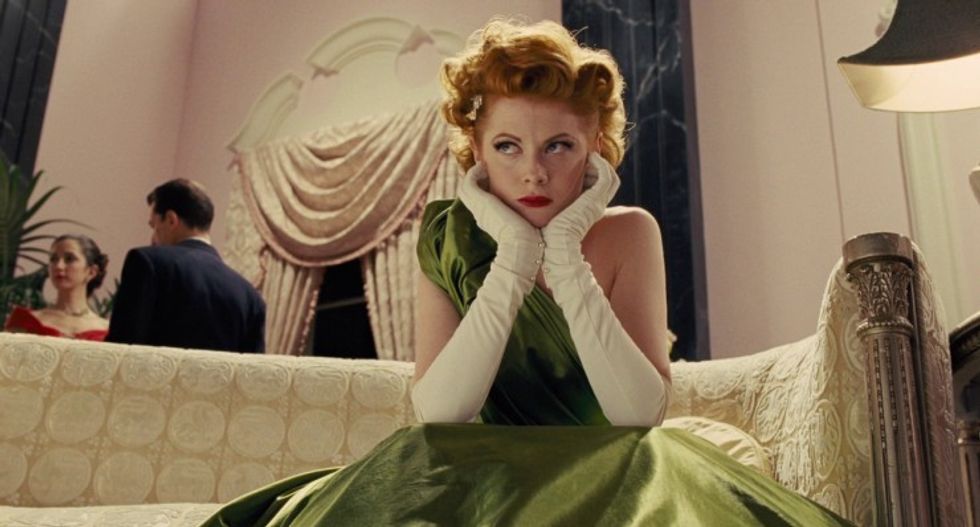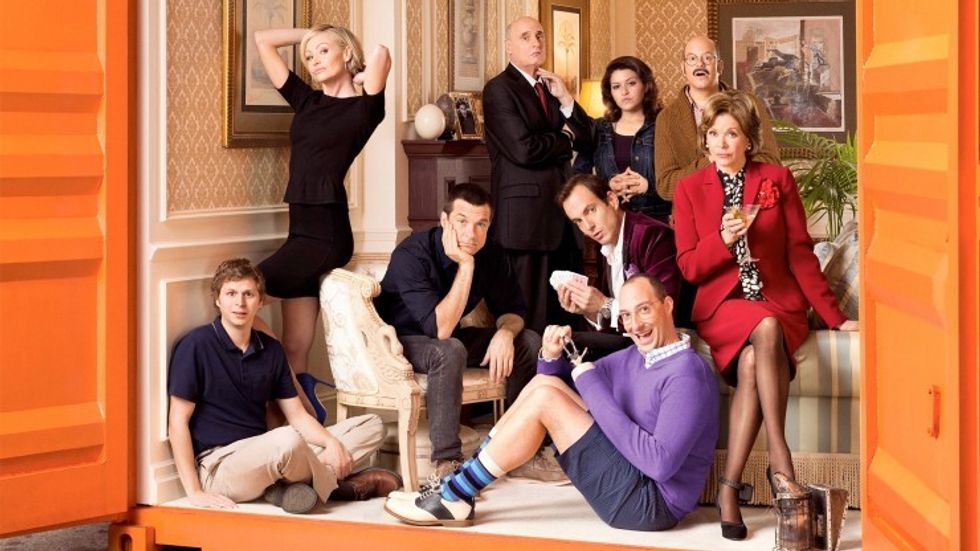
Do you love a good comedy that makes you laugh hard? One with crazy characters, situations, and hijinks? Screwball comedies were a genre staple of Hollywood’s Golden Age.
They delivered laughs and rom-com antics with their quirky characters and wild plot twists.
From the wisecracking newspaper reporters of His Girl Friday to the madcap adventures of Bringing Up Baby, these films captured the hearts of audiences with their whimsical charm and madcap energy.
In this post, we’ll take a look at what made screwball comedies so beloved and explore some of the most iconic examples of this timeless genre.
So sit back, grab some popcorn, and let’s delve into the wild and wacky world of screwball comedies!
What Are Screwball Comedies in Film and TV?
From the witty banter to the zany antics, these films continue to entertain and charm viewers with their timeless appeal.
Let’s delve into the world of screwball comedies, exploring their roots, memorable moments, and why they still matter today.
Screwball Comedy Definition
Screwball comedies are a genre of comedy that emerged in the 1930s and became popular in the 1930s and 1940s. They are characterized by their fast-paced, witty dialogue, farcical situations, and romantic storylines that often involve a battle of the sexes.
 ‘His Girl Friday’
‘His Girl Friday’
Credit: Columbia Pictures
What are Some Tropes of the Screwball Comedy?
Tropes of the genre often feature an unlikely hero or heroine who must outwit the opposition and often features elements of slapstick humor.
Why are Screwball Comedies Important to Hollywood History?
Screwball comedies are important to Hollywood history for several reasons. The first is innovation. Screwball comedies represented a new approach to comedy in film and television, with a focus on fast-paced, witty dialogue and unconventional characters.
They helped to establish screwball comedy as a genre and paved the way for other types of comedy in film and television.
The Hays Code actually helped the screwball comedy come into existence. As Film Inquiry points out, “The code was extensive and had guidelines on sex, vulgarity, and profanity, and whilst technically voluntary, it was adhered to by all major Hollywood studios. It is thought to be from these conditions that screwball comedy was born, with screenwriters having to rely on dialogue and sly references to communicate sexual tension and more risque elements in a way that would get past the censors.”
Another reason these movies are so important is social commentary.
Screwball comedies often reflected the social and political issues of their time, providing a humorous and often subversive commentary on the changing roles of women and the struggle for equality in society.
They also provided escapism for many audiences.
During the Great Depression and World War II, screwball comedies offered audiences an escape from the hardships of everyday life, providing a much-needed source of lighthearted entertainment and humor.
Finally, these movies have a rich legacy that continues to influence Hollywood today.
They have had a lasting impact on popular culture and have inspired countless other comedies in film and television. Many of the elements and techniques used in screwball comedies, such as fast-paced dialogue and the battle of the sexes, are still used in contemporary comedies today.
Overall, screwball comedies are an important part of Hollywood history and have helped to shape the evolution of comedy in film and television.
 ‘Hail, Caesar!’
‘Hail, Caesar!’
Credit: Universal Pictures
Screwball Comedy Examples in Film
As I mentioned up top, these zany movies started in the 1930s and grew in popularity through the 1940s. Some famous titles include Frank Capra’s It Happened One Night (1934), which paves the way for this list of other very popular movies.
- Bringing Up Baby (1938)
- The Philadelphia Story (1940)
- His Girl Friday (1940)
- The Awful Truth (1937)
- My Man Godfrey (1936)
- Holiday (1938)
- Easy Living (1937)
- You Can’t Take It with You (1938)
- The Palm Beach Story (1942)
Of course, this list is not exhaustive, and there are many other screwball comedies in film, both classic and contemporary.
This brand of film didn’t go away for years but declined a lot in popularity to the point where you saw very few of them. The Coen Brothers’ Intolerable Cruelty was a very fun experiment in making them modern. And they’ve made other screwball comedies like The Hudsucker Proxy and Hail Caeser as well.
Here are a few other contemporary titles I think fit the bill.
- Wedding Crashers (2005)
- Bridesmaids (2011)
- The Grand Budapest Hotel (2014)
- Isn’t It Romantic (2019)
- Long Shot (2019)
- Bros (2022)
Even though these kinds of movies thrived in an era of censorship that we do not see today, you can see how they’ve influenced many modern romantic comedies. Also, I think, like any genre, they’ve evolved into something more indicative of what people want to talk about today.
 ‘Bros’
‘Bros’
Credit: Universal Pictures
Screwball Comedy Examples on TV
Of course, the TV era has also experimented with screwball comedies. The half-hour format has been uniquely beneficial to put people in situations where comedy can be drawn out. And the screwball elements were easily transferrable to TV.
Take a look at this list of screwball comedies across the eras.
- I Love Lucy (1951-1957)
- The Honeymooners (1955-1956)
- The Odd Couple (1970-1975)
- Three’s Company (1977-1984)
- Frasier (1993-2004)
- Arrested Development (2003-2006; 2013-2018)
- The Big Bang Theory (2007-2019)
- Parks and Recreation (2009-2015)
- Brooklyn Nine-Nine (2013-present)
- The Good Place (2016-2020)
What Happened to Screwball Comedies?
The popularity of screwball comedies declined after World War II as the film industry shifted towards other genres, such as film noir and musicals. The screwball style of comedy also fell out of fashion as audiences began to prefer more serious and realistic depictions of life in film and television.
However, elements of screwball comedy have continued to be used in contemporary comedies in film and television, often in a more subtle or updated form. In recent years, there has been a resurgence of interest in screwball comedies, with filmmakers and television producers drawing inspiration from the classic films of the 1930s and 1940s.
Overall, while the screwball comedy genre has declined in popularity, its influence can still be seen in contemporary comedies in film and television, and classic screwball comedies continue to be beloved by audiences today.
 ‘Arrested Development’
‘Arrested Development’
Credit: 20th Television/Netflix
Summing Up Screwball Comedies in Film and TV
Screwball comedies are a genre of comedy that originated in the 1930s and 1940s in film and later in television. They are characterized by fast-paced, witty dialogue, farcical situations, and a romantic storyline that often involves a battle of the sexes.
The genre often features an unlikely hero or heroine who must outwit the opposition and often includes elements of slapstick humor. Some classic and contemporary examples of screwball comedies in film and television include It Happened One Night, Borat, Wedding Crashers, Arrested Development, and The Grand Budapest Hotel.
Let me know your favorites in the comments.
Author: Jason Hellerman
This article comes from No Film School and can be read on the original site.
